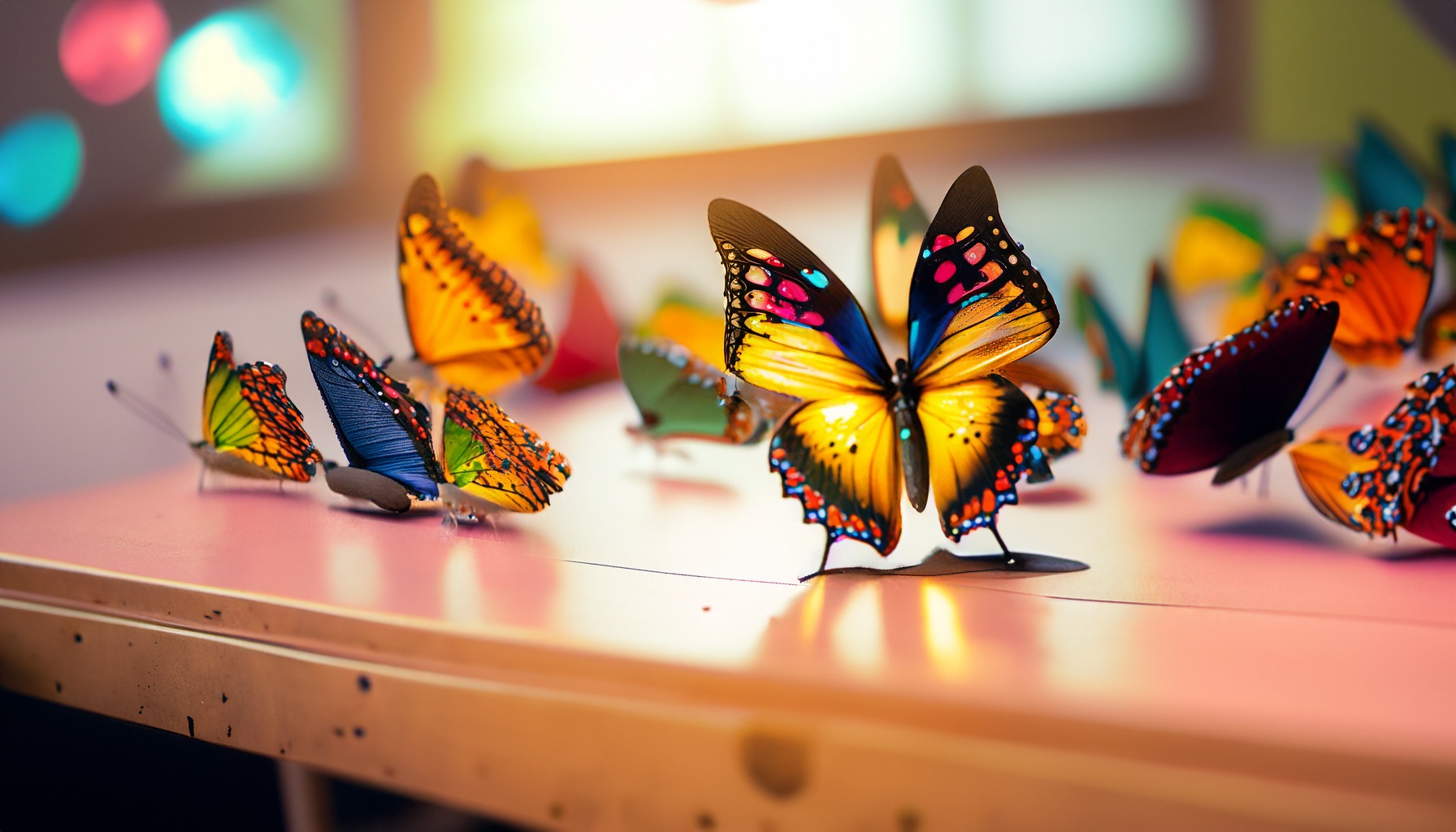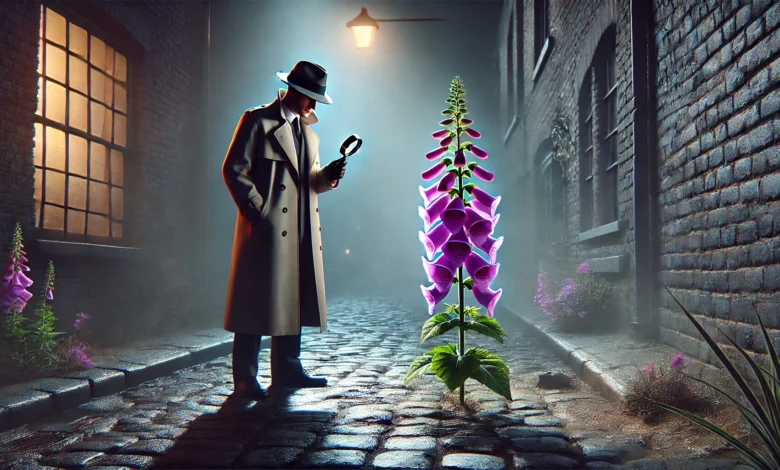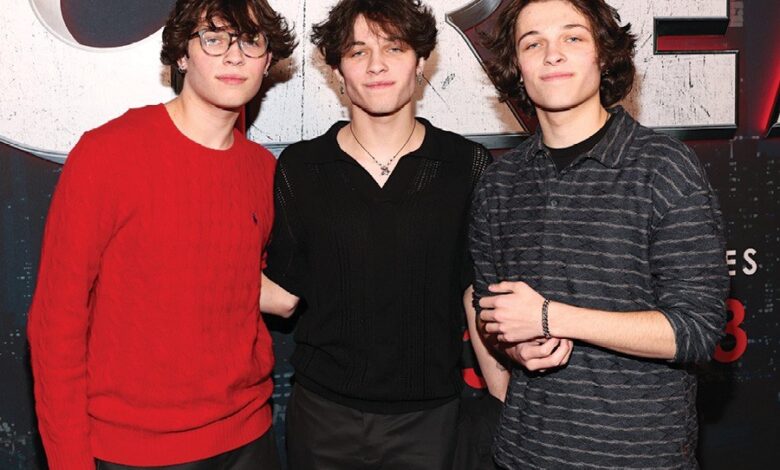What is a Text-to-Image Generator?
A text-to-photo generator is an AI-powered tool that converts descriptive text into lovely visuals. These gear use superior device learning algorithms to interpret written content material and create corresponding photos.
Why Build Your Own Text-to-Image Generator?
Creating a custom generator provides flexibility, innovation, and the ability to tailor the tool to precise desires producing your own text to image generator. It also lets in you to understand AI generation higher and decorate your abilties in system learning and programming.
Essential Components of a Text-to-Image Generator
Dataset Preparation
Gather a massive dataset of paired text and pics.
Ensure the information is various and exceptional for accurate outcomes.
Clean the dataset to get rid of inconsistencies.
Choose a Machine Learning Framework
Opt for popular frameworks like TensorFlow or PyTorch.
These platforms provide gear for constructing and schooling neural networks.
Model Architecture
Use a combination of herbal language processing (NLP) and generative hostile networks (GANs).
Pre-skilled models like CLIP and DALL-E can serve as a start line.
Training the Model
Split the dataset into schooling, validation, and test units.
Fine-track the model the usage of optimization algorithms.
Monitor the training system to prevent overfitting.
Step-through-Step Guide to Building the Generator
Define Objectives
Determine the purpose and scope of the generator. Decide on the level of element required in the output pictures.
Gather Tools and Resources
Ensure you have the important hardware, along with GPUs, and software program equipment for the improvement manner.
Develop the Algorithm
Write code to integrate textual content evaluation with photo generation. Implement layers for text encoding and photograph synthesis.
Train and Test the Model
Use the organized dataset to teach the model. Test it on unseen information to evaluate overall performance and make upgrades.
Deploy the Generator
Host the version on a server or combine it into an utility. Ensure the deployment environment helps the model’s necessities.
Best Practices for Optimal Results
Regularly update the dataset with new pictures and textual content.
Use feedback loops to enhance accuracy through the years.
Optimize the version for speed and efficiency.
Conclusion
Building your text-to-picture generator is a profitable project. It combines creativity with technical know-how, allowing you to discover the opportunities of AI. Follow these steps, and you’ll have a effective tool tailor-made in your wishes.





